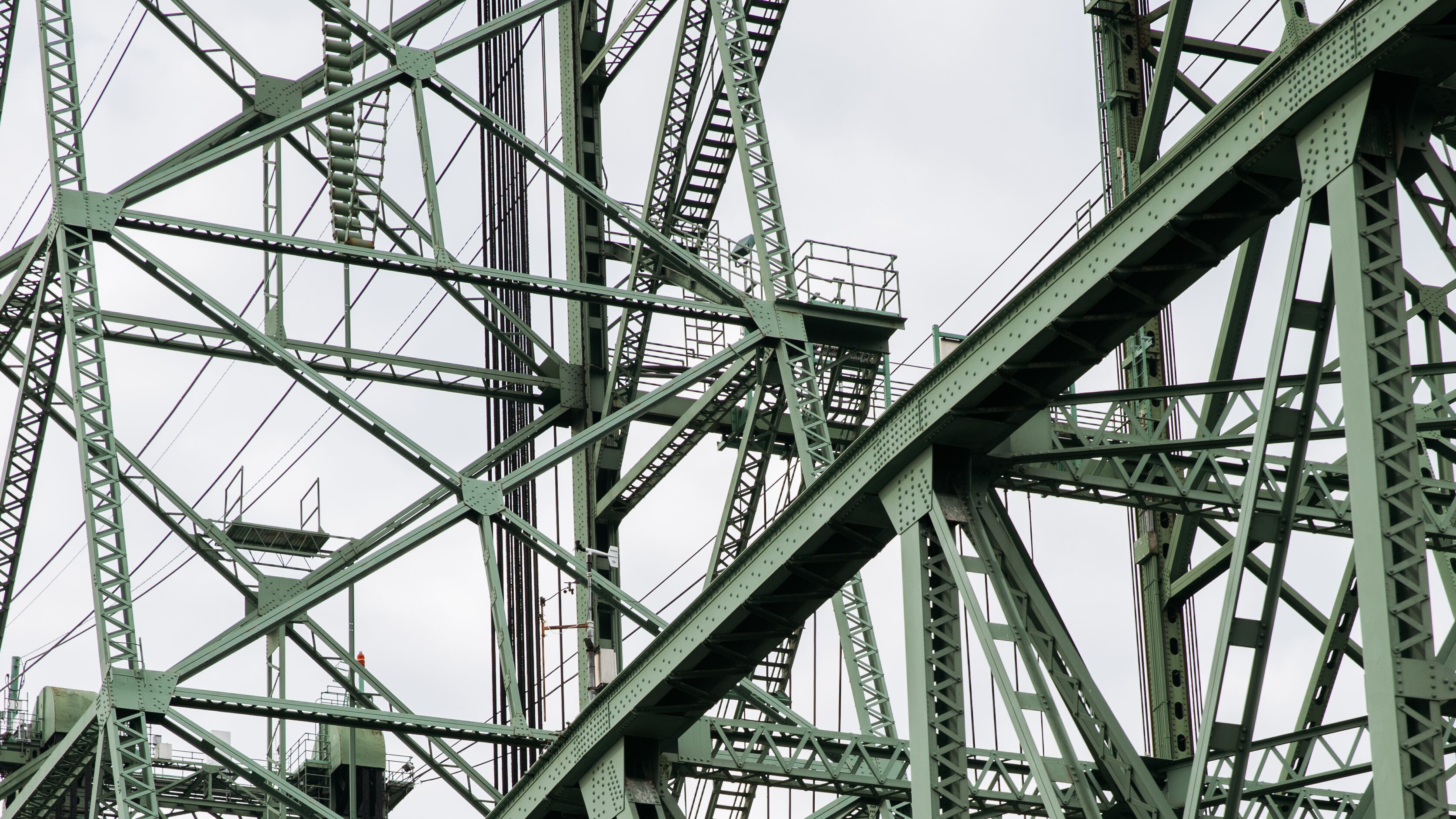Last week, WW examined the cautionary tale presented to Oregon transportation planners by toll bridges in Louisville, Ky. (“Kentucky Fried Bridge,” Feb. 2). Those bridges over the Ohio River now sit nearly empty at rush hour—because commuters would rather drive to other bridges than pay a $2 toll. As Oregon and Washington revive talks for a new Interstate Bridge over the Columbia River, their financial projections now rest on a $3.25 toll. The Kentucky example calls that formula into question. Here’s what our readers had to say:
Mike Sanders, via Facebook: “The Interstate Bridge did have tolls at one time—the tollbooths were on the Oregon side. They were removed in the mid-1960s after the bonds were paid off—in retrospect, a huge mistake. Electronic tolling, like the facilities recently introduced on the turnpikes in New York and New Jersey and rapidly being adopted elsewhere, might be in play today if the tollbooths had been left in place. The tolls pay for the maintenance costs, which means tolls get increased every few years. That happened in New Jersey last month, and commuters were left grumbling about it. Would people be using public transit more to avoid tolls across the river if we had adopted that idea 50 years ago?”
Catherine Rondthaler, via wweek.com: “Seems to me that if they are planning to put a toll on the new I-5 bridge, they will need to toll the I-205 bridge as well. Just charge the toll for only northbound traffic on both bridges, set it up like the tolls are done in the Northeast U.S., or like the Seattle tunnel, with automatic tolling and bills sent to the car owner by the license plate. It could be a very inexpensive toll, like 50 cents.”
Brian Owendoff, via Facebook: “Comparing Portland to Louisville is like comparing apples to bowling balls. Greater Louisville has half the population of Portland and three times the number of highway lanes crossing the river between the two states.”
Wes M, via wweek.com: “There will always be some that would drive 20 miles out of the way to avoid paying a nickel toll, but overall the Ohio River bridges are a great success. Most other cities that have a bridge bottleneck spend 20 years arguing about it while the costs continue to rise. Overall, more roads should have tolls, IMO.”
Roger A Straus, via wweek.com: “I suspect that this economist’s argument [by Joe Cortright, a bridge critic] is based on the usual rational choice/game theory approach of his discipline, boiling down to the notion that consumers will make ‘rational’ decisions to avoid crossing the river due to the cost of tolls. This ignores both the socioeconomic impacts and the reality that many drivers have no choice. They are commuting back and forth from their place of work or transporting goods.”
Frank Vehafric, via Twitter: “You don’t ‘control’ traffic by tolling, you regressively punish low-wage working people who can’t afford to live in the city they work in. It’s indefensible from an equity perspective.”
Jason Sabourin, via Facebook: “It’s almost as if all the projections and modeling are always geared to be overly generous with revenue generation and downplay the negative effects so they can sell their bad ideas to the public.”
LETTERS to the editor must include the author’s street address and phone number for verification. Letters must be 250 or fewer words. Submit to: PO Box 10770, Portland, OR 97296 Email: mzusman@wweek.com

